© ROOT-NATION.com - Use of content is permitted with a backlink.
Ukrainian MAGURA V5 maritime drones have become a significant threat to Russian ships, and, as it turns out, their capabilities extend beyond naval targets. Let’s take a closer look at these advanced drones.
The MAGURA V5 is a modern, multi-purpose unmanned surface vessel (USV) designed for various maritime operations. Developed by Ukraine’s Main Intelligence Directorate (HUR), this advanced vessel is capable of performing tasks such as surveillance, reconnaissance, patrolling, search and rescue, mine countermeasures, maritime security, and combat missions. Its versatility highlights Ukraine’s commitment to enhancing its naval capabilities through innovation and engineering expertise.
The Ukrainian MAGURA V5 maritime drone has proven to be highly effective in targeting enemy vessels during the ongoing conflict with Russia. To date, the drone has struck 14 ships, with 8 of them being completely destroyed. Some analysts suggest that the MAGURA V5 played a significant role in pushing the Russian fleet out of the Black Sea region, earning a reputation as a formidable threat to Russia’s Navy. However, its impact doesn’t end there.
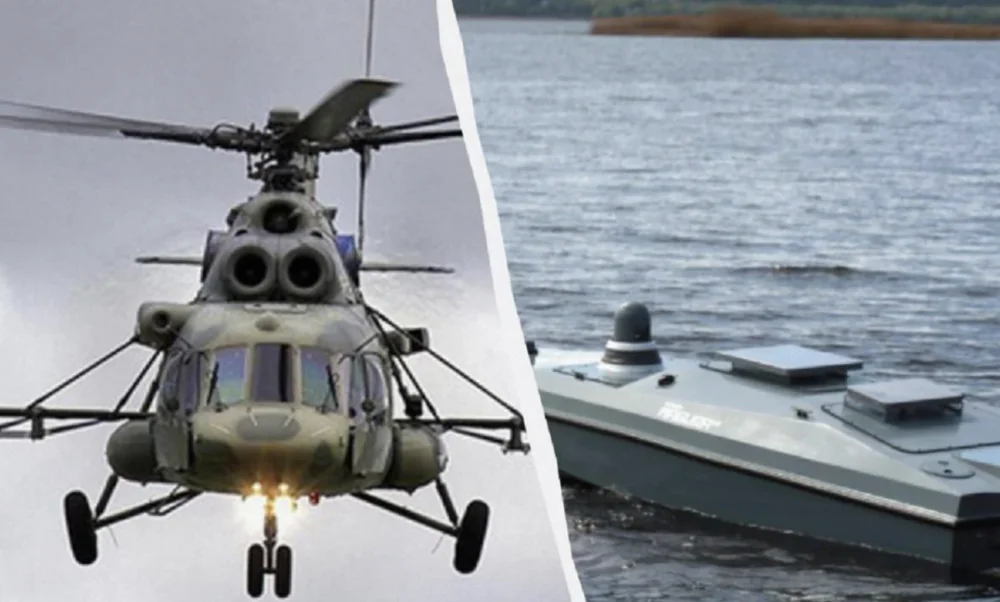
As 2025 approaches, a historic milestone has been achieved: for the first time, Ukraine’s Main Intelligence Directorate successfully used the MAGURA V5 maritime drone to strike an airborne target. The operation reportedly destroyed two Russian Mi-8 helicopters, with unconfirmed reports suggesting damage to a Mi-28 attack helicopter as well.
This article explores what is currently known about the Ukrainian MAGURA V5 maritime drones, their unique features, and their technical specifications.
Read also: Weapons of Ukrainian Victory: V-BAT Vertical Takeoff UAV
What are maritime drones (USVs)?
Let’s start by understanding what maritime drones, or unmanned surface vehicles (USVs), are. USVs are automated or remotely operated vessels that navigate across the water’s surface without a crew on board. These vessels are designed to perform a wide range of tasks traditionally carried out by manned ships, offering a versatile and efficient solution for modern maritime operations.
Surface vessels can be operated remotely by an operator or function autonomously based on pre-programmed instructions. They are equipped with advanced tools such as radar, cameras, sonar, GPS, and other data-gathering instruments. Maritime drones typically utilize electric motors, solar panels, or conventional internal combustion engines for propulsion. With cutting-edge control systems and powerful engines, USVs are highly maneuverable and capable of evading tracking systems with ease.
In military conflicts, these maritime drones serve a variety of roles, including reconnaissance, surveillance, mine countermeasures, and direct attacks on enemy targets.
Read also: Weapons of Ukrainian Victory: LAV 6.0 ACSV Armored Personnel Carrier
History of MAGURA drones
A notable example of maritime drones is the Ukrainian-engineered MAGURA, a design that carries a particularly intriguing name. Several theories exist regarding the origin of the name, but what is certain is that these drones were first unveiled by the company Spetstechnoexport at the International Defence Industry Fair (IDEF 2023).

Some sources suggest that the name MAGURA V5 is an acronym for “Maritime Autonomous Guard Unmanned Robotic Apparatus V-type.” This explanation seems plausible and aligns well with the drone’s purpose and design.
However, another interpretation feels more symbolic. Whether by coincidence or design, Magura is also a character from Slavic mythology. She is the daughter of the thunder god Perun, depicted as a beautiful cloud maiden with wings and a fiercely combative spirit. To me, this imagery perfectly embodies the essence of unmanned surface vehicles (USVs), blending elegance with a strong sense of purpose.
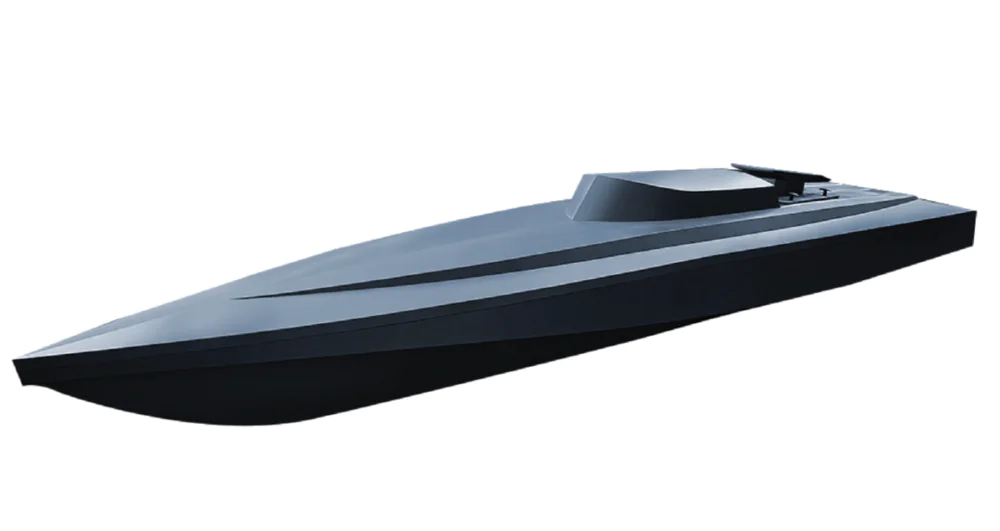
As mentioned earlier, the MAGURA V5 was developed and produced by the Ukrainian private company Spetstechnoexport (STE). Little is known about the company itself, as its developers prefer to keep a low profile for security reasons. This has contributed to the company’s minimal public presence.
The first prototypes were presented to the Security Service of Ukraine (SBU). These early models differed significantly from the familiar design and structure we see today. Initially, the drones featured a simple form, relied on a single communication channel via Starlink, and were equipped with basic engines, navigation, and control systems.
For some reason, Spetstechnoexport’s development was not well-received by the SBU, possibly because they were already deeply involved in another project—Sea Baby.
However, the developers didn’t give up and approached Ukraine’s Main Intelligence Directorate (HUR) with their creation. It’s important to note that the HUR was also exploring the potential of maritime and aerial drones. They even established a dedicated division for unmanned systems, named “Group 13.” It is known that this group began its work in the summer of 2022, laying the foundation for their own drone development initiatives.
Initially, members of “Group 13” focused on modifying existing watercraft by adding remote control systems and explosive charges to vehicles like jet skis, scooters, and motorboats. There were even early attempts to use these surface vessels for reconnaissance, surveillance, and kamikaze-style attacks. These operations were carried out in the Dnipro River area in the Zaporizhzhia region. If you’ve been following the news in 2022-2023, you’ve likely read about the success of such attacks.
However, members of “Group 13” quickly realized that these modifications were not enough. They began searching for more advanced, ready-made platforms by attending military exhibitions in search of suitable products. When they couldn’t find anything that met their requirements, they decided to approach domestic manufacturers for potential collaboration. This is where they chose the development from Spetstechnoexport. As a result, the MAGURA project became an integral part of the research and operations of “Group 13” within Ukraine’s Main Intelligence Directorate (HUR).

The MAGURA V5 became a prime example of the HUR’s determination to forge a new path in the development of multi-purpose unmanned surface vehicles (USVs). It was through collaboration with private entities, previously involved with the Security Service of Ukraine (SBU), that the HUR began work on creating a USV. However, the project’s specifications and budget eventually led to disagreements with the SBU, resulting in a divergence in vision. This key moment led to the development of what is now known as the MAGURA V5.
Read also: Laser Weapons: History, Development, Potential, and Prospects
MAGURA V5 design and construction
The MAGURA V5 stands out due to its innovative design, primarily aimed at targeting active military vessels at sea. Its compact size and excellent maneuverability sharply contrast with the SBU’s Sea Baby, which is designed for attacking stationary ships in port, carrying a larger explosive payload.
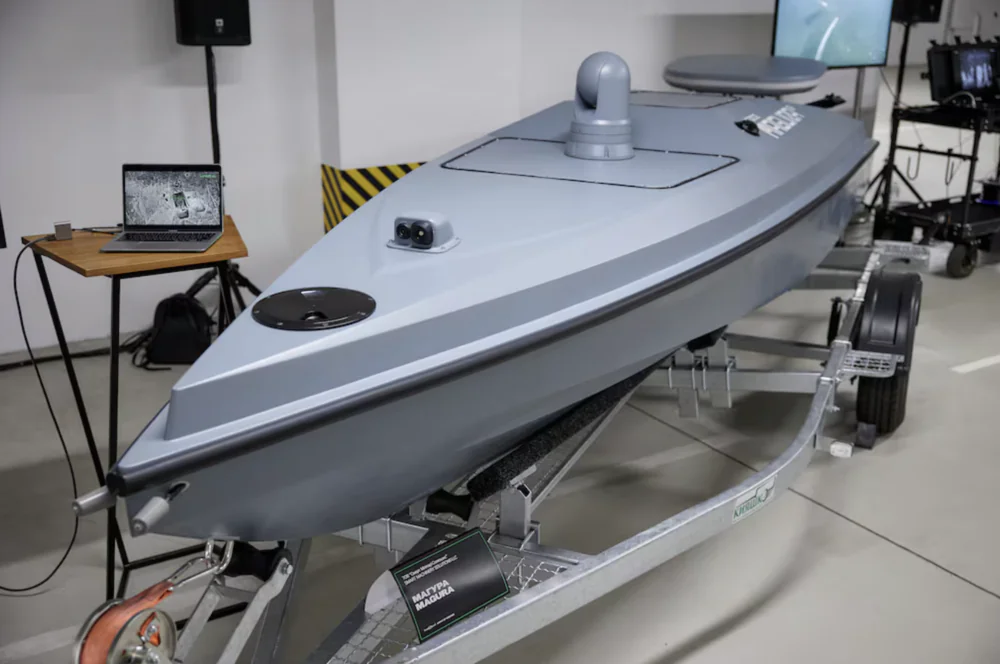
The MAGURA V5 features a sleek body made of carbon fiber fabric and epoxy resin. This construction is somewhat similar to the materials used in the production of unmanned aerial vehicles (UAVs).

In terms of technical specifications, the MAGURA V5 measures 5.5 meters in length and weighs less than 1000 kg. It has a substantial payload capacity of 320 kg, with a range of up to 800 km and an operational radius of up to 400 km.
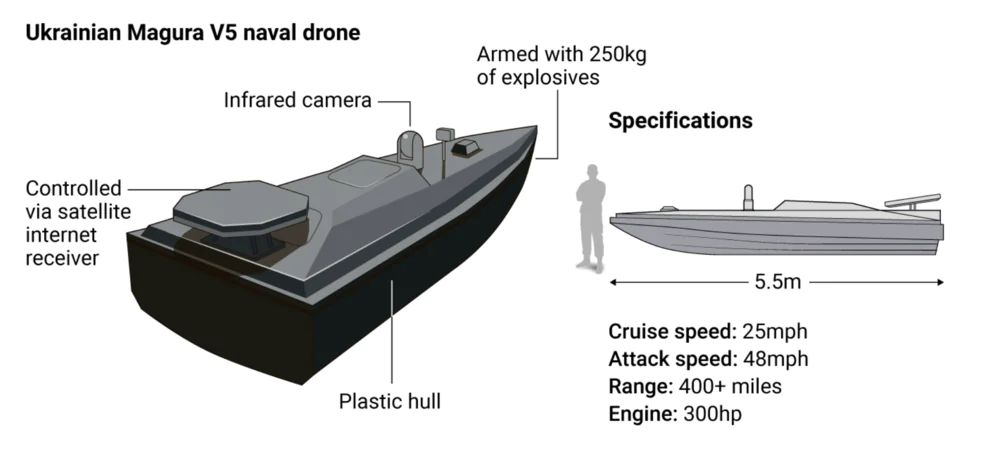
The drone offers an autonomy of up to 60 hours and can carry a payload of up to 200 kg. Its cruising speed is 41 km/h, with a maximum speed of 78 km/h. MAGURA V5 uses various navigation methods, including automatic GNSS, inertial, and visual navigation, and is capable of transmitting up to three HD video streams. The drone is equipped with 256-bit encryption for cryptographic protection. It also features an autopilot system, video subsystems including night vision, backup communication modules, and a warhead. The total cost of the system is approximately $273,000.
Read also: Weapons of Ukrainian Victory: Precision-Guided AGM-154 JSOW Glide Bomb
MAGURA V5 features
The tactical flexibility of the MAGURA V5 is further enhanced by its ability to carry up to 300 kg of explosives, making it a powerful tool for Ukraine’s naval operations.
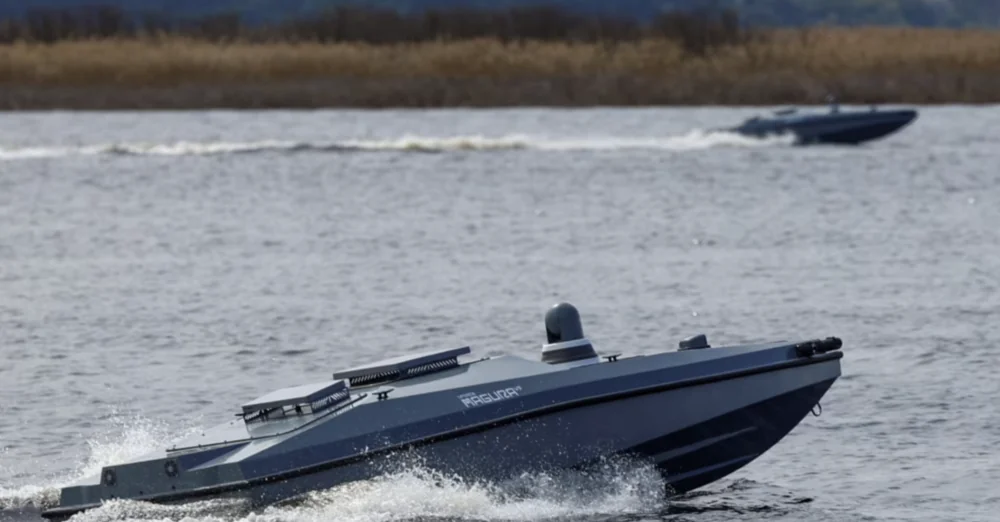
The system includes the maritime surface drone itself, equipped with an autopilot system, video subsystems (including night vision), backup communication modules, and a combat payload. Additionally, it features a ground-based autonomous control station, transportation and storage system, and a data processing center.
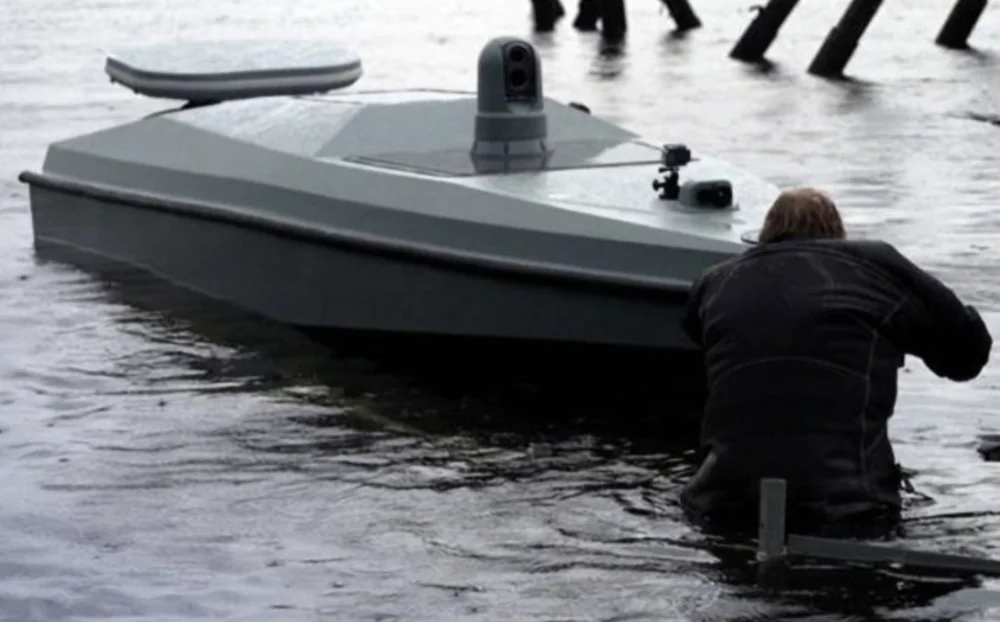
Magura V5 can be launched from any remote location, and its unmanned operation minimizes the need for human resources during missions, thereby reducing potential risks for operators.
Thanks to its hydrodynamic hull and sleek profile, the drone is capable of moving stealthily with excellent maneuverability, making it an effective tool for performing various tasks in the maritime environment.
Read also: Weapons of Ukrainian Victory: Viking Bandvagn S10 All-Terrain Vehicle
MAGURA V5 engine
Such maneuverability and efficiency have been made possible thanks to the engine installed in the MAGURA V5. This modern power unit provides high performance in terms of speed, autonomy, and efficiency. The engine compartment, made of aluminum, is integrated into the hull using industrial-grade polyurethane foam, ensuring durability and optimal performance in various marine conditions.
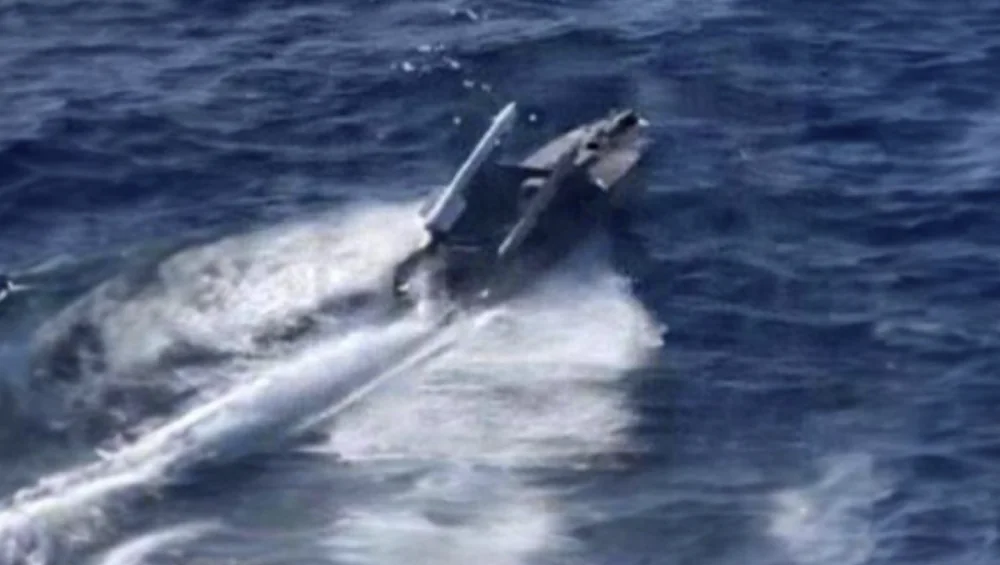
It is interesting that a diesel or gasoline engine can be installed, depending on the configuration. The engine’s power is approximately 50-100 horsepower, allowing it to reach a maximum speed of up to 78 km/h. The fuel-efficient consumption provides a range of up to 800 km. The engine features a water-cooled or combined cooling system, depending on the operating climate conditions.
Additionally, its power system can also be electric or hybrid, ensuring stealth during operation.
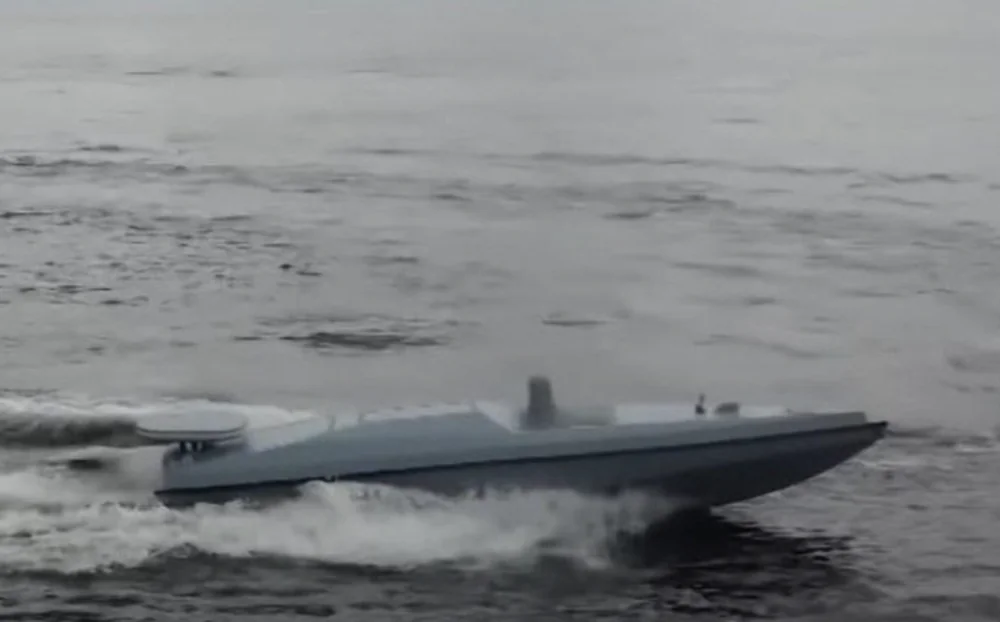
The engine is easily replaceable and maintainable due to the modular design of the hull. Thanks to this power system, the MAGURA V5 demonstrates high reliability even in challenging maritime conditions, such as high waves, strong currents, or extreme temperatures.
Read also: Weapons of Ukraine’s Victory: Otokar Cobra II Armored Combat Vehicle
Computer control of MAGURA V5
The unmanned surface vehicle MAGURA V5 is equipped with a computer that uses Linux-based encoding. The computer control system ensures high precision and autonomy during mission execution. It includes advanced technologies for automatic route planning, navigation, and real-time situational analysis.
The autopilot system handles navigation, maneuvering, and course maintenance without operator intervention. It utilizes GPS data, inertial systems, and visual sensors. The system can adapt the route if obstacles are detected.
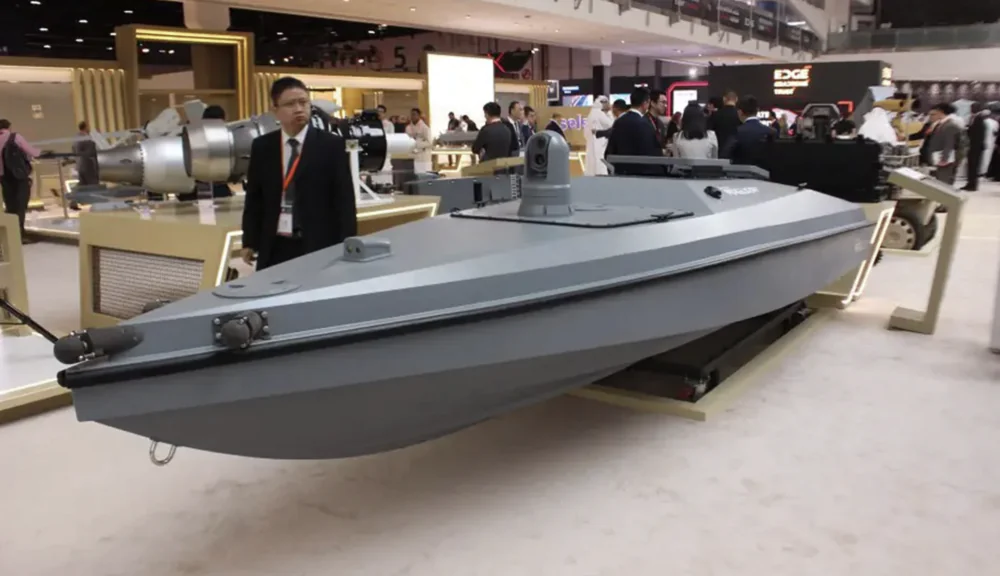
Some sources claim that MAGURA V5 incorporates artificial intelligence (AI) algorithms. With the help of AI, the drone analyzes the surrounding environment using video cameras and radar. It is capable of recognizing objects such as ships, mine threats, or underwater terrain. The AI can make real-time decisions based on pre-set algorithms and rules.
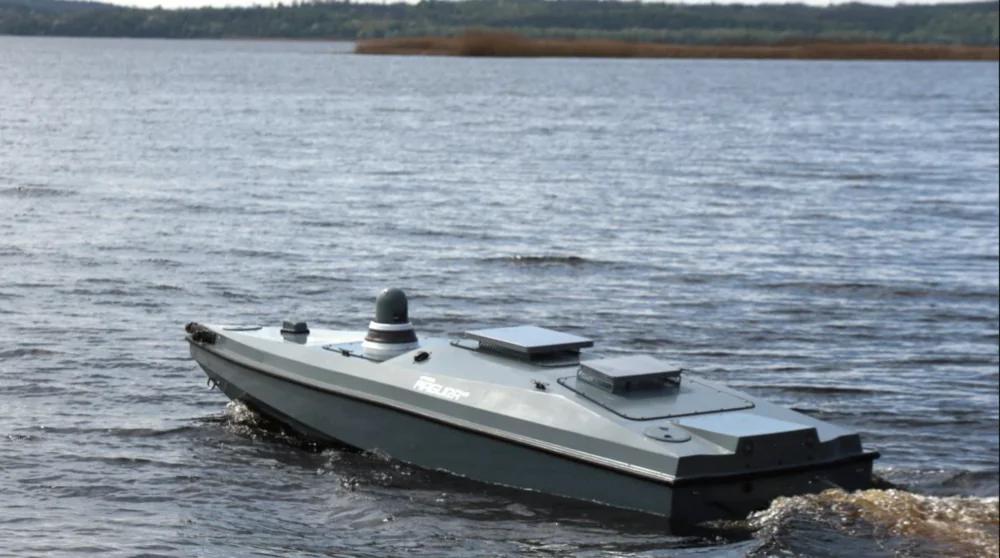
The mission planning system allows for the setting of complex routes and task parameters. It supports the programming of patrols or monitoring zones. The operator interface visualizes real-time data from the drone, including HD video streams. It also provides intuitive access to all control functions. Additionally, there are backup channels for emergency operator intervention.
Thanks to the modern software, the complete autonomy of the sea drone reaches up to 60 hours. It can automatically return to base in case of communication loss or low battery. There is also support for “swarm” operation scenarios, where multiple drones work together.
This system makes the MAGURA V5 a versatile tool capable of performing a wide range of tasks, from reconnaissance to combat missions, with minimal human involvement.
Read also: Weapons of Ukrainian Victory: Stridsbåt 90H (CB90) amphibious assault craft
Communication
The communication system utilizes two Starlink antennas and the American Kymeta satellite communication antenna. An additional communication channel is provided by an industrial cellular GPS router with a dual SIM card, offering a range of up to 40 km, ensuring access to mobile internet when the drone is sufficiently close to shore.
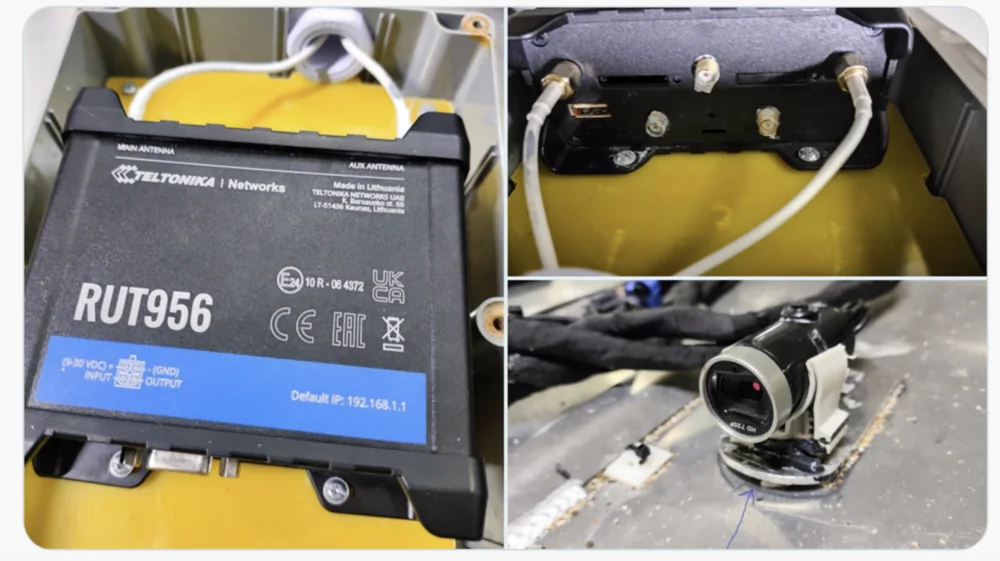
The communication system ensures the transmission of commands and reception of data within a range of up to 400 km. It employs encrypted communication channels with 256-bit encryption and is capable of operating in electronic warfare (EW) conditions.
Read also: Weapons of Ukrainian Victory: Long-range AASM Hammer bombs
Technical characteristics of MAGURA V5
- height above the waterline: 500 mm
- payload: 320 kg
- range: 450 nautical miles (approximately 833 km)
- length: 5.5 m
- width: 1,5 м
- cruising speed: 22 knots (40.7 km/h)
- maximum speed: 42 knots (77.8 km/h)
- autonomy: up to 60 hours
- communication: mesh radio with an airborne repeater or satellite communication
- cost: about $273 thousand.
Read also: Weapons of Ukrainian Victory: RM-70 Vampire MLRS
Magura V5 combat successes
The MAGURA V5 unmanned surface vehicle has demonstrated significant combat success during the Russo-Ukrainian war, carrying out various missions targeting enemy objectives.
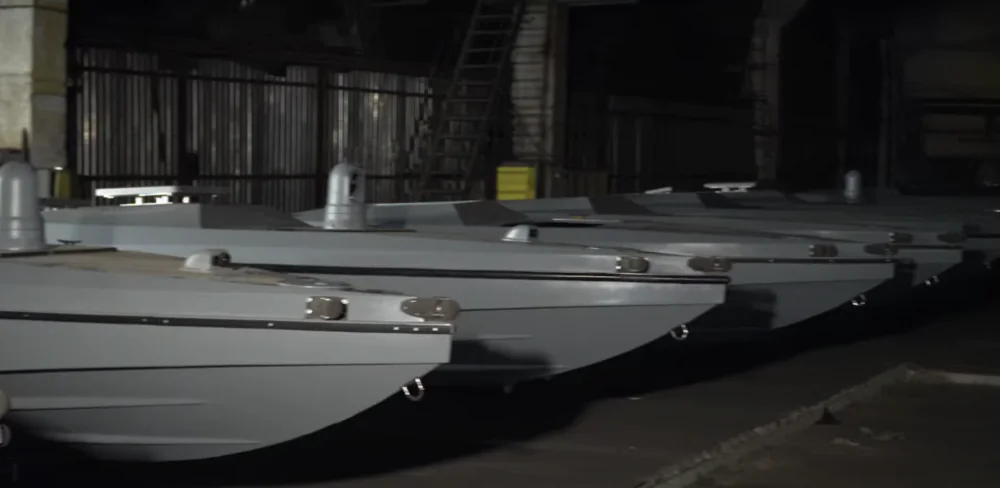
This is just a small list of the main achievements of MAGURA V5 (confirmed and officially recognized by military intelligence):
- Destruction of Russian ships:
- reconnaissance ship “Ivan Gurs” (damaged on May 24, 2023)
- landing boat “D-144 Serna” (sunk on November 11, 2023 with “BTR-82” on board)
- landing boat “D-295 Shark” (sank on 11.11.2023)
- missile boat “Ivanivets” (sank on February 01, 2024)
- large landing ship “Caesar Kunikov” (sank on February 14, 2024)
- the patrol ship “Sergei Kotov” (sank on March 5, 2024, along with a Ka-29 helicopter)
- two special purpose speedboats RIF-75 (destroyed on 06.05.2024).
2. Destruction of small enemy vessels. In May and August 2024, MAGURA V5 drones successfully destroyed several Russian “Tuna”-class fast attack boats near Crimea, showcasing their effectiveness in targeting various types of maritime threats.

3. Blockade of the Russian Black Sea Fleet. The actions of MAGURA V5 drones forced Russian vessels to retreat from the Black Sea waters and seek refuge in distant ports, limiting their activity and reducing the threat to Ukrainian coastal areas.
4. Unique air target strike. On December 31, 2024, off the coast of Cape Tarkhankut in Crimea, a MAGURA V5 drone equipped with an R-73 missile successfully destroyed a Russian Mi-8 helicopter. This marked the first-ever instance of a maritime drone effectively engaging aerial targets.
Read also: Weapons of Ukrainian victory: Skynex anti-aircraft artillery systems from Rheinmetall
Prospects for MAGURA V5 development
Initially, the MAGURA maritime drones were designed exclusively as kamikaze drones, specifically created to seek out and destroy military ships at sea. The MAGURA V5 is smaller, faster, and much more maneuverable compared to other similar drones.
Nevertheless, both the Ukrainian Military Intelligence (GUR) and the manufacturer have stated that they are exploring ways to further develop the platform. Potential upgrades could include the addition of air defense systems and other weaponry to these maritime drones. These enhancements would improve protection and enable the drones to target other types of objectives, such as land and air targets. There are also plans to submerge the USV a bit more in the water, making it even less noticeable.
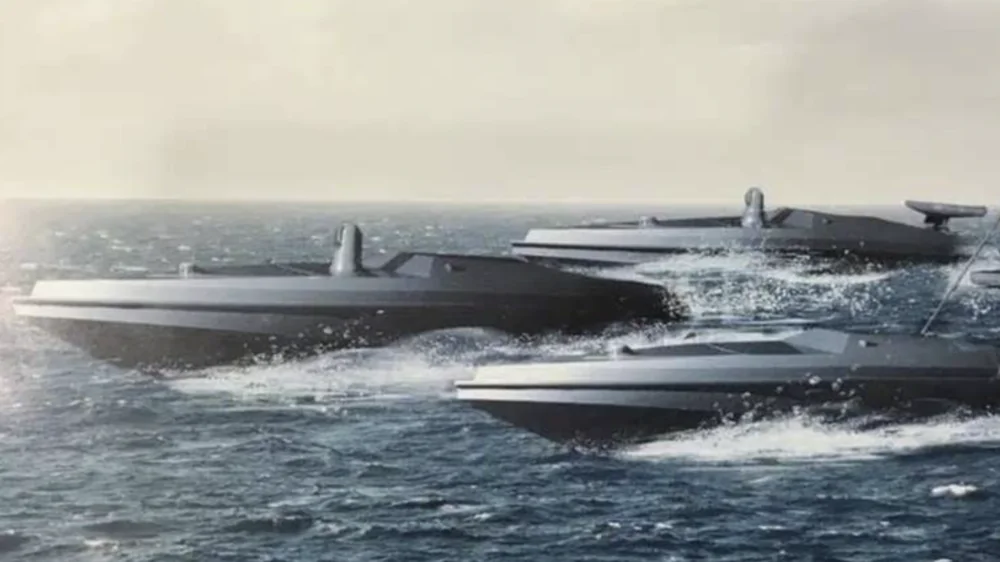
Recent events involving the targeting of Russian helicopters indicate that the development of a modular system based on the MAGURA V5 is progressing rapidly.
The use of MAGURA V5 in different configurations is, in fact, limited only by the imagination and technical capabilities of users and developers. If needed, the drones can be equipped with automatic cannons, anti-tank weapons, mortars, incendiary, or thermobaric weapons. The MAGURA V5 maritime drones could also be deployed for covert long-range surveillance and target acquisition for other weapon systems, such as the Storm Shadow/SCALP, ATACMS, or potentially, in the future, the German TAURUS missiles.
This makes them an excellent modular system, capable not only of targeting maritime objectives but also becoming an effective weapon for engaging ground targets. This will further drive the development of similar systems and the enhancement of existing ones.
We stand with our defenders. The invaders have nowhere to escape from retribution. Death to the enemies! Glory to the Armed Forces of Ukraine! Glory to Ukraine!
And if you are interested in articles and news about aviation and space technology, we invite you to our new project AERONAUT.media.
Read also:
- Weapons of Ukrainian Victory: Sonobot 5 surface drones
- Weapons of Ukrainian Victory: JUMP 20 VTOL tactical reconnaissance UAV

